Lying in a hospital bed in 2014 after a short illness, I decided it was time to tackle one of my lifelong dreams, building my first-ever boat—from scratch. Since our boating consists of leisurely trips on lakes and rivers, I wanted plans for an open cockpit design with space for four deck chairs. After a lot of research, the Albion seemed to be the answer. Along with the plans I ordered, Spira included his 50-page Illustrated Guide to Building a Spira International Ply-On-Frame Boat. His website has an extensive collection of photos, blogs, and videos for ideas. One builder had even contributed a very helpful series of videos of his Albion build to the Spira website.I started working on the boat in February 2015. To make sure the Albion would provide us with enough room, I drew a chalk outline of the boat on the garage floor. After I put four deck chairs on the area we’d have in the cockpit, I realized I needed an extra foot of deck space to be able to space the chairs comfortably. I contacted Jeff and he was completely amenable to this change—he notes that most of his designs can be stretched by 10 percent without having much effect on performance or cost—and worked out a new plan for the placement of the frames, adding a bit more than 1” to the span between each to add 1’ to the length.The plans recommend using “standard dimensional lumber” for the frames, but I decided to use clear Douglas-fir from a specialty lumberyard in our town. I thought the straight, uniform grain would be easier to work and that the fir would be less prone to rot than some of the species sold as common lumber. The frames are 2x4s and the decking beams 1x4s.
Join The Conversation
We welcome your comments about this article. If you’d like to include a photo or a video with your comment, please email the file or link.
Comments (9)
Leave a Reply
Stay On Course

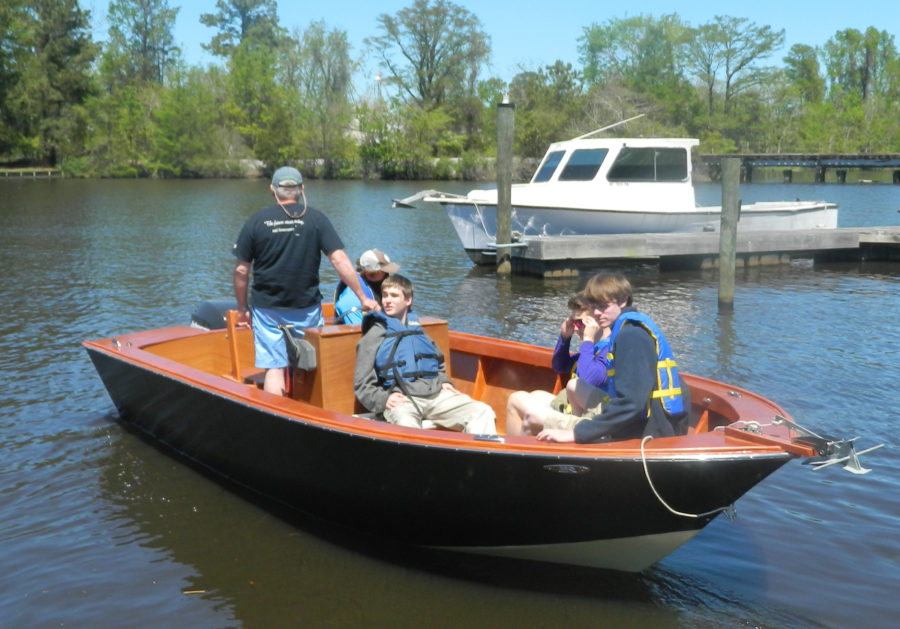


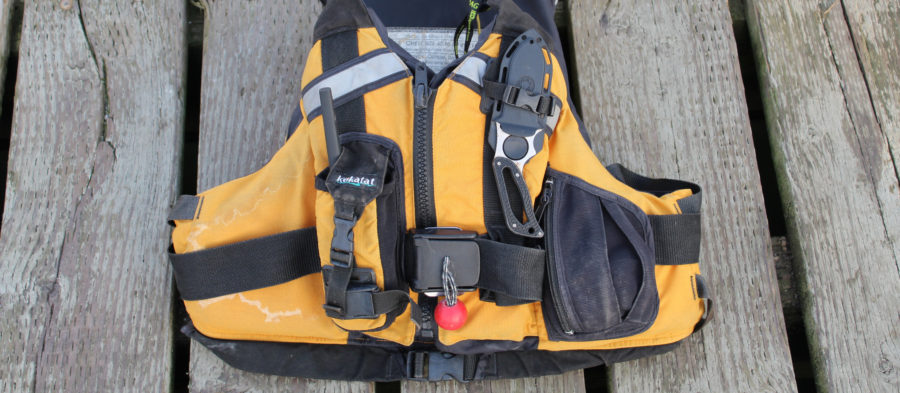


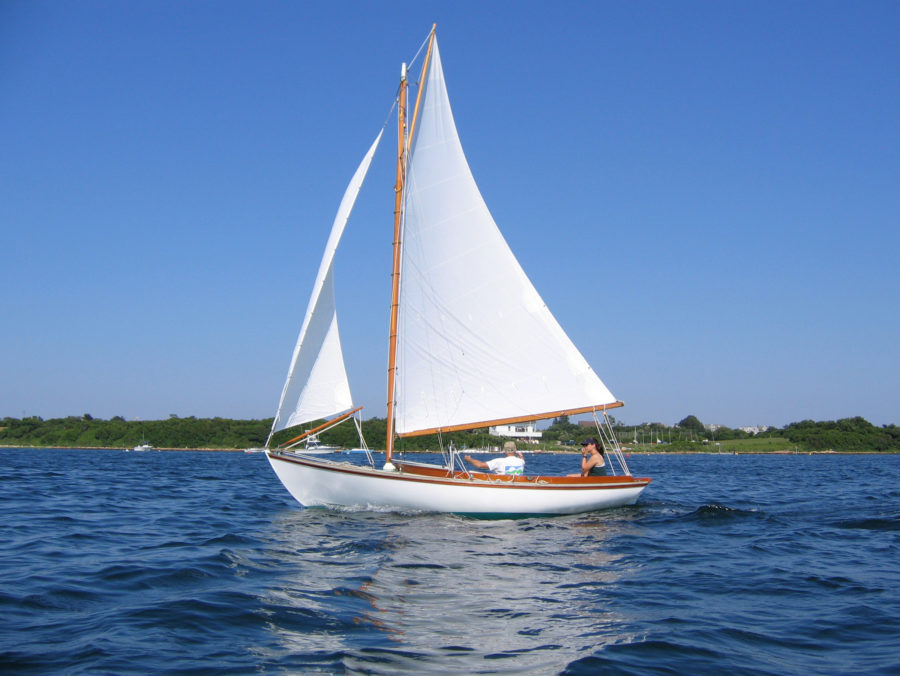



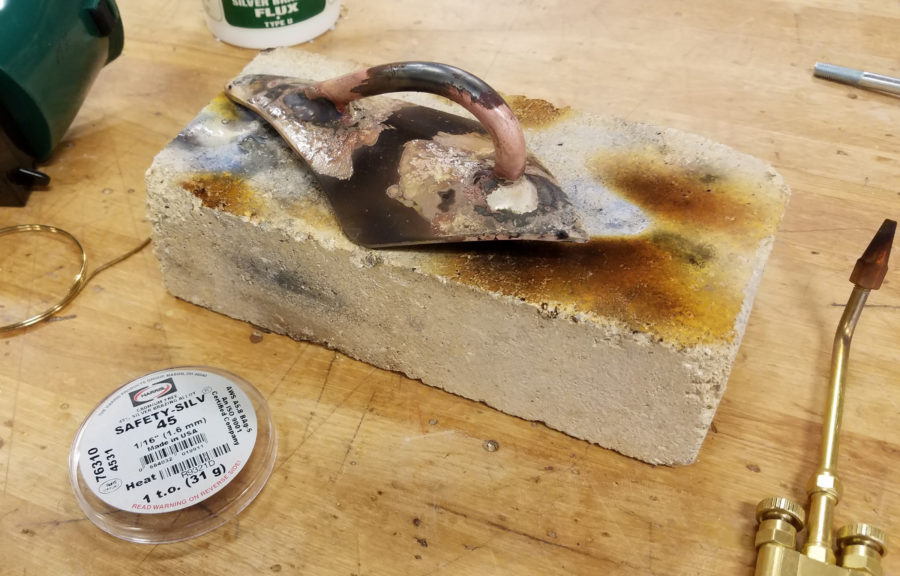
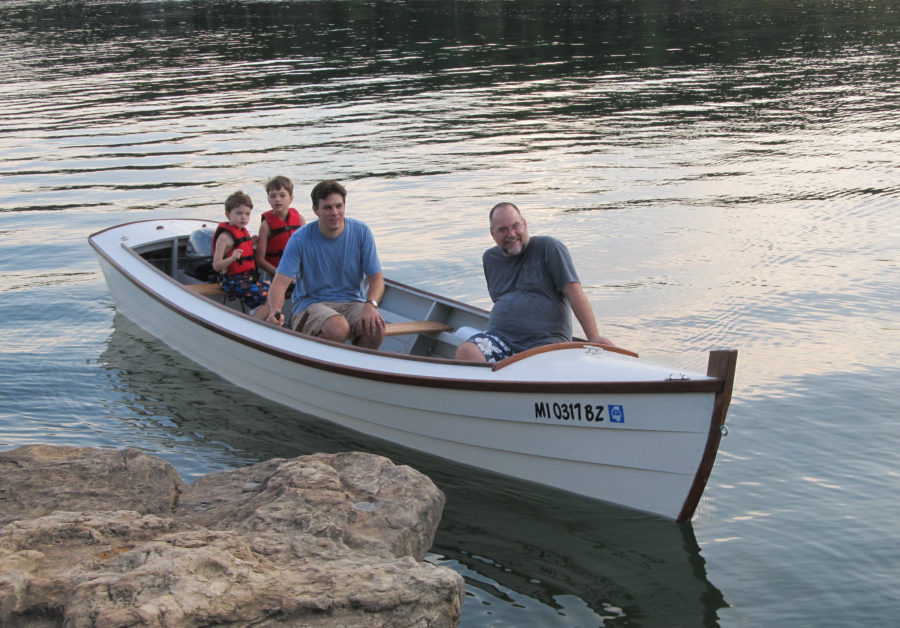
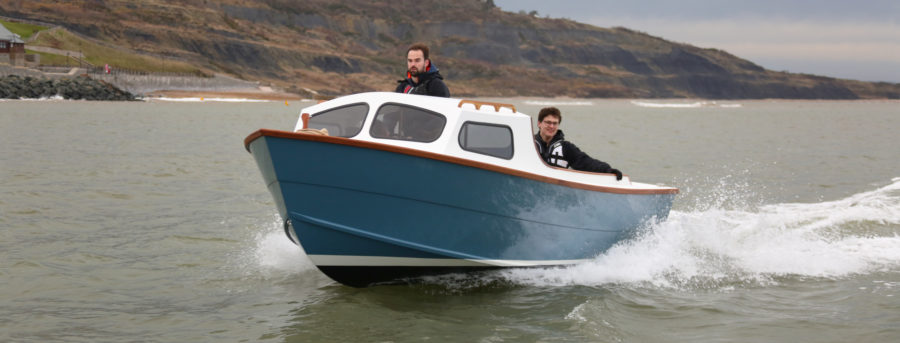
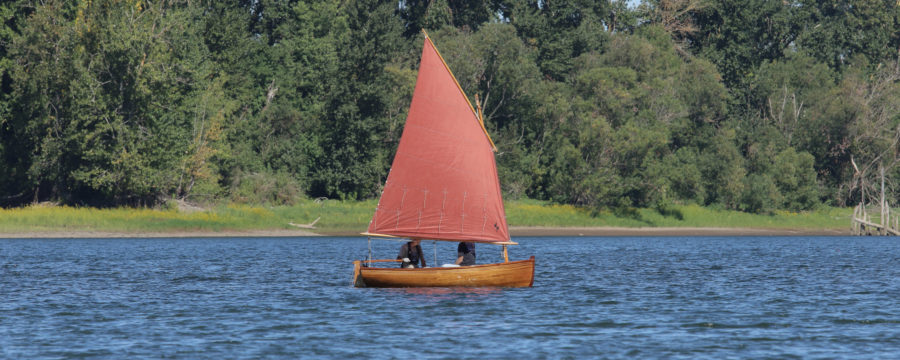
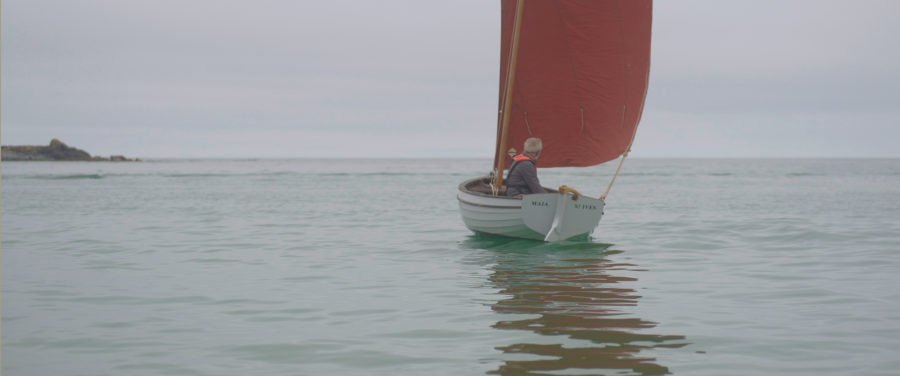
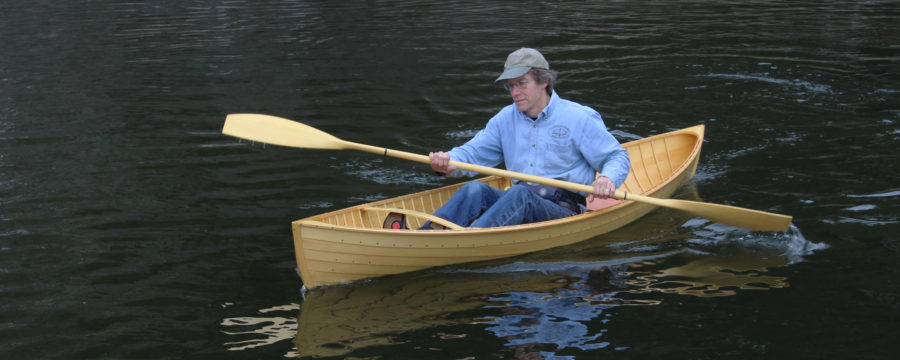
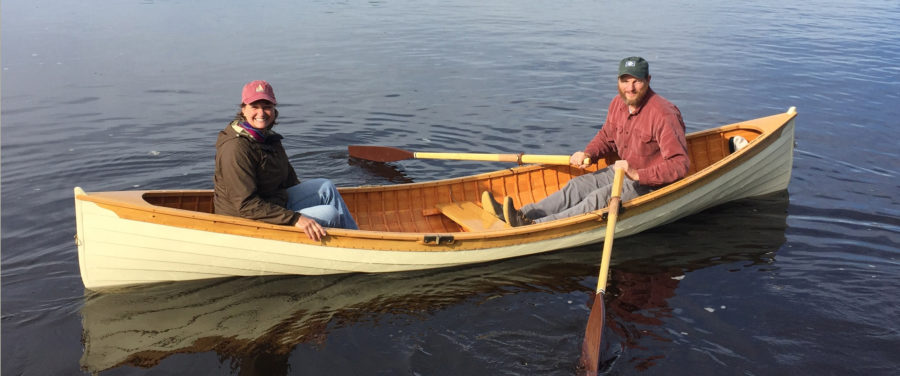
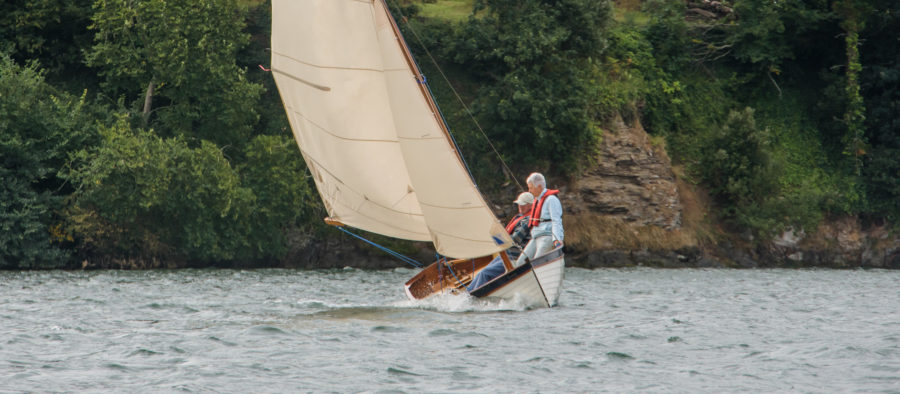


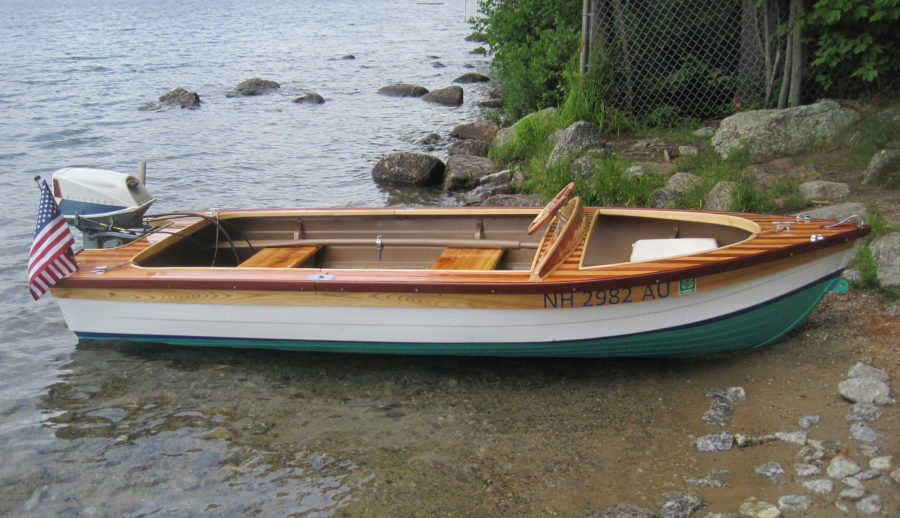
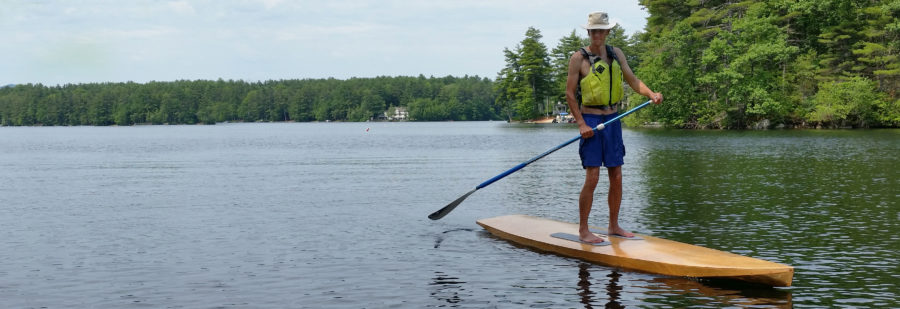
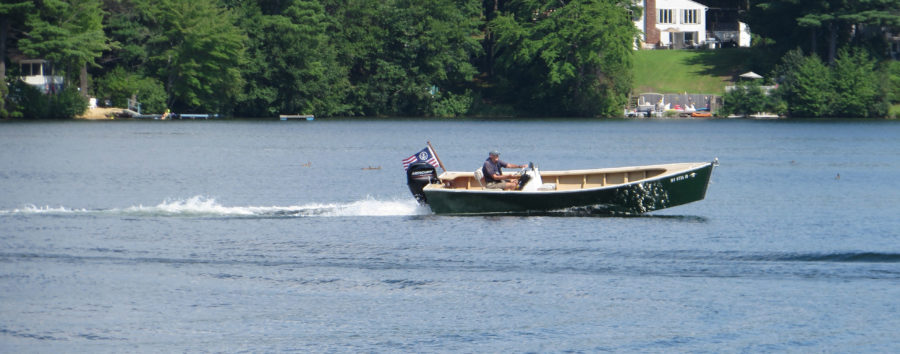
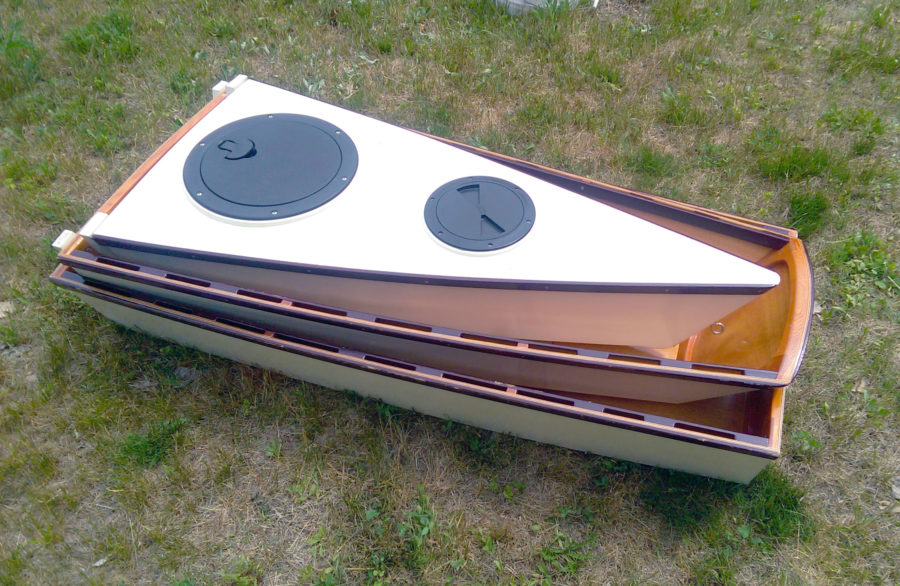
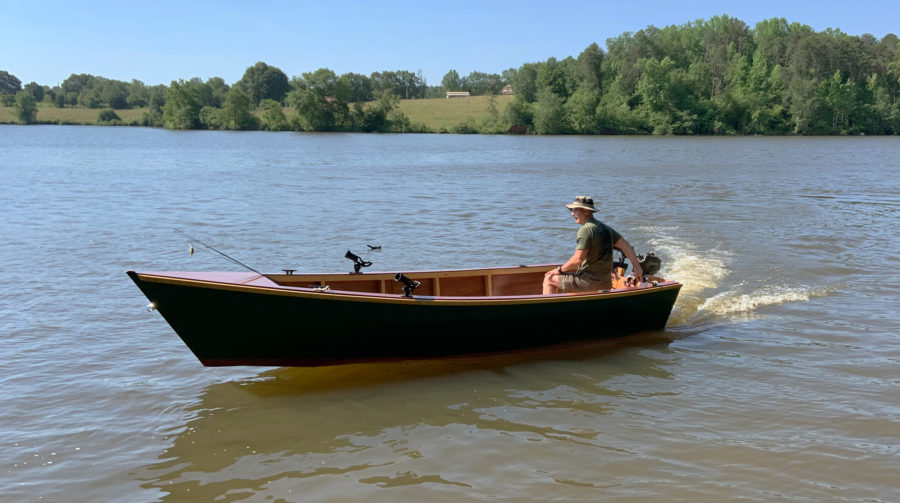
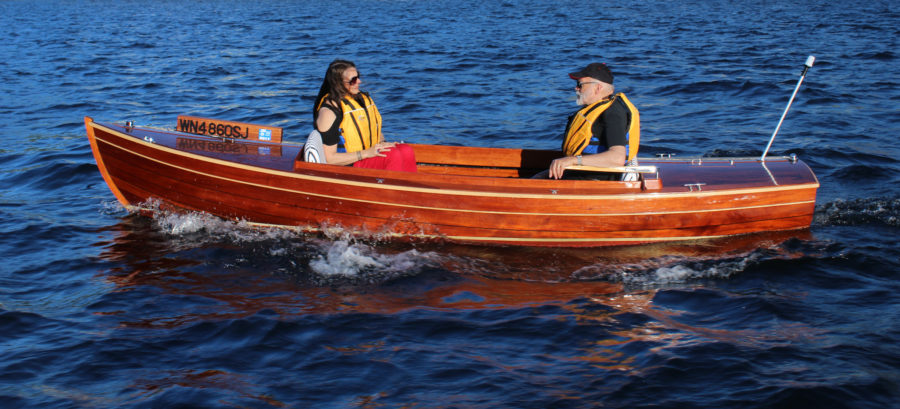
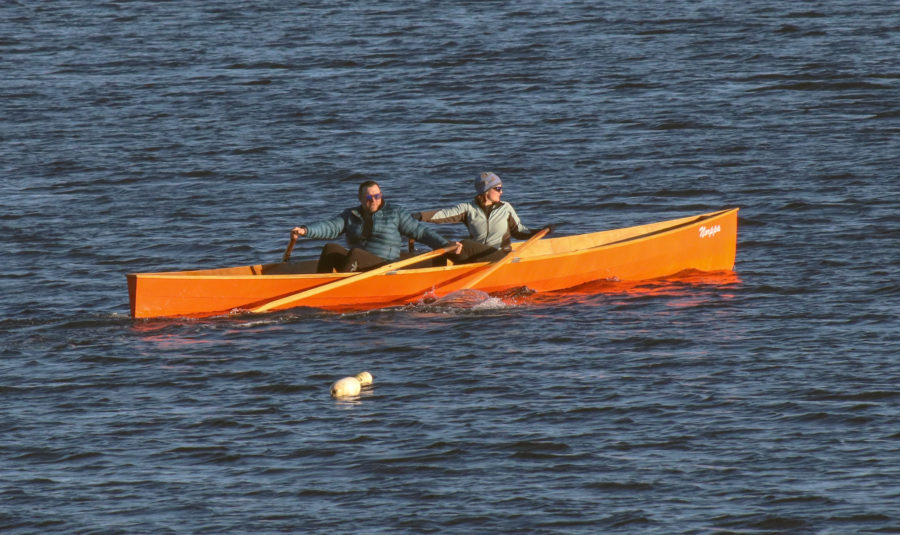
I met Al in Mystic at the WBS. What a great guy who did a fantastic job on this Albion. Thanks for the pictures here of it underway. Congratulations on your well-deserved award in Mystic!
This is a credit to your workmanship. Very well done.
Nice work!
What a great looking boat. Nice job!
Nice looking boat. You can be proud you built it.
Great story. At 70, I also plan to build my next adventure, a 19’ Bartender Dory. This article gave me several additional ideas to consider. Thanks for the inspiration.
Al, thanks for bringing your article to our attention again. You did a great job!
Congratulations Al on project well done indeed. She is beautiful and most deserving of first place for sure. There is no better feeling than the completion of a project like this. I also completed a project from Spira. I chose the Alamitos. A 15′, stretched into 16′. Im still upgrading though. Happy boating
Al sold his Albion and asked the new owner to report on the boat’s performance in rough water, which Al hadn’t encountered in the protected waters he frequented. Here’s what the new owner observed:
Spent 4 hours in Rockland harbor today watching the boats from 12′ sail boats to 100′ yachts. West wind did very well. Had 15 to 20 knot wind later in day which we had to go directly into to get back to ramp. 1 to 2 footers. I gave enough power to get bow up and we were very comfortable. Motor very smooth.
We had to go about a mile directly into the 15 to 20 knot wind in a very exposed area with 1 to 2 foot waves. Had a little pounding but not bad with bow up and no spray at all. Boat stayed dry.
Editor